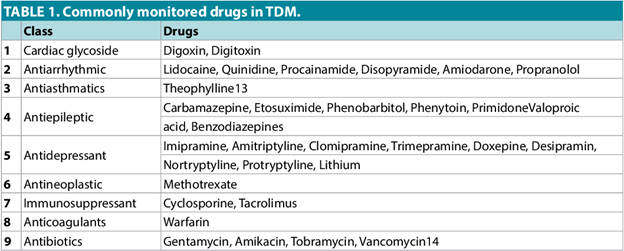A nurse is preparing to administer medications to a client and discovers a medication error. The nurse should recognize that which of the following staff members is responsible for completing an incident report?
The nurse who identifies the error
The quality Improvement committee
The charge nurse
The nurse who caused the error
The Correct Answer is A
A. The nurse who identifies the error:
This choice is correct. When a medication error is identified, the nurse who discovers the error is responsible for completing an incident report. Incident reports are a formal way to document any unexpected or adverse events that occur in a healthcare setting, including medication errors. The report helps track incidents, analyze their causes, and implement preventive measures. It's important for the reporting nurse to provide accurate and detailed information about the error.
B. The Quality Improvement Committee:
This choice is incorrect. While the Quality Improvement (QI) Committee plays a role in analyzing trends, identifying areas for improvement, and developing strategies to enhance patient care quality, they are not typically responsible for completing individual incident reports. The responsibility for reporting and documenting a specific incident, such as a medication error, lies with the staff members directly involved.
C. The charge nurse:
This choice is incorrect. The charge nurse is responsible for overseeing the nursing unit's operations, including staffing and patient care coordination. While the charge nurse may be involved in addressing the situation and ensuring appropriate actions are taken following a medication error, they are not necessarily responsible for completing the incident report. The reporting responsibility usually falls on the nurse who identifies the error.
D. The nurse who caused the error:
This choice is incorrect. While it's important for the nurse who caused the error to communicate the error to appropriate parties and participate in any necessary corrective actions, the primary responsibility for completing the incident report usually lies with the nurse who identifies the error. The reporting nurse's perspective is crucial for understanding the context and details of the error.
Nursing Test Bank
Naxlex Comprehensive Predictor Exams
Related Questions
Correct Answer is D
Explanation
The correct sequence of steps for mixing regular insulin and NPH insulin in the same syringe is as follows:
D. Inject air into the NPH insulin vial.
B. Inject air into the regular insulin vial.
C. Withdraw the regular insulin from the vial.
A. Withdraw the NPH insulin from the vial.
So, the nurse should first inject air into the NPH insulin vial.
Correct Answer is A
Explanation
A. "I will need to have blood levels drawn."
Theophylline is a medication used to treat respiratory conditions like asthma and chronic obstructive pulmonary disease (COPD). It is important to monitor the blood levels of theophylline because it has a narrow therapeutic range – meaning that there is a fine line between a therapeutic dose and a toxic dose. Regular blood tests help to ensure that the client is receiving the appropriate dose for their condition.
B. "I can take my medication in the morning with my coffee." - Theophylline should be taken consistently with meals, so taking it with coffee might not be ideal as it can affect its absorption.
C. "I may sprinkle the medication in applesauce." - Theophylline is usually taken as a sustained-release capsule, which means it is designed to release the medication slowly over time. Crushing or sprinkling the medication can disrupt this mechanism and lead to unintended consequences.
D. "I should limit my fluid intake while on this medication." - There's no requirement to limit fluid intake with theophylline, and in fact, adequate hydration can help prevent some side effects of the medication.

Whether you are a student looking to ace your exams or a practicing nurse seeking to enhance your expertise , our nursing education contents will empower you with the confidence and competence to make a difference in the lives of patients and become a respected leader in the healthcare field.
Visit Naxlex, invest in your future and unlock endless possibilities with our unparalleled nursing education contents today
Report Wrong Answer on the Current Question
Do you disagree with the answer? If yes, what is your expected answer? Explain.
Kindly be descriptive with the issue you are facing.
